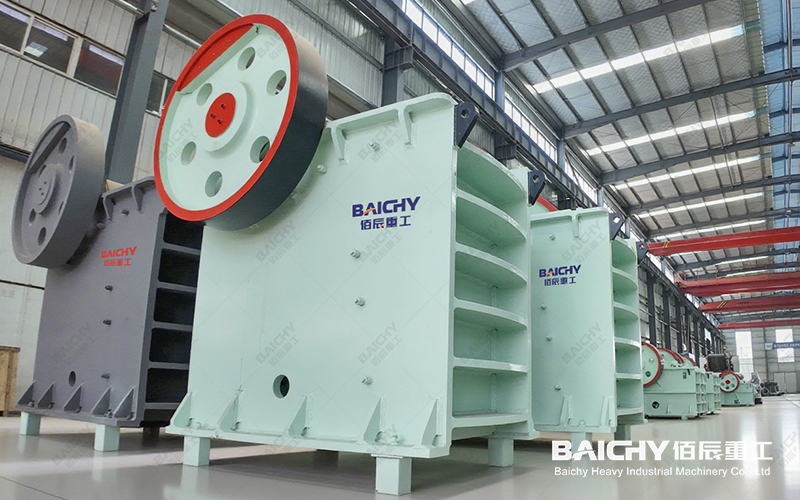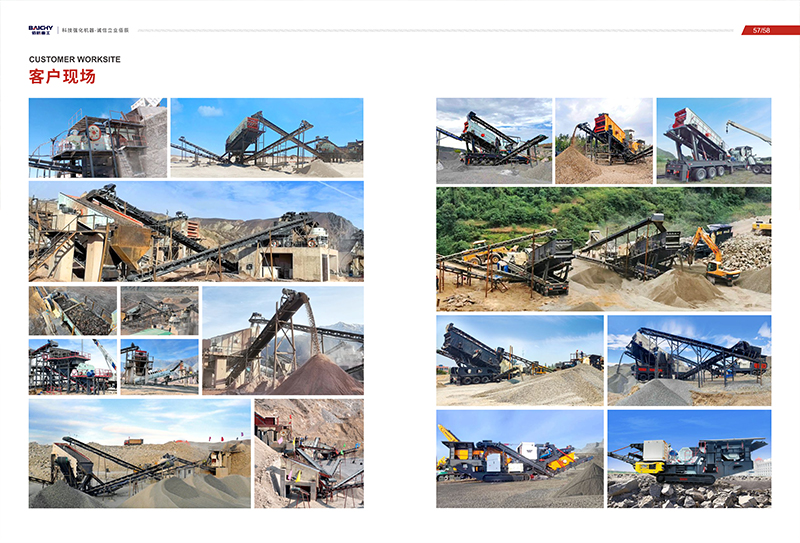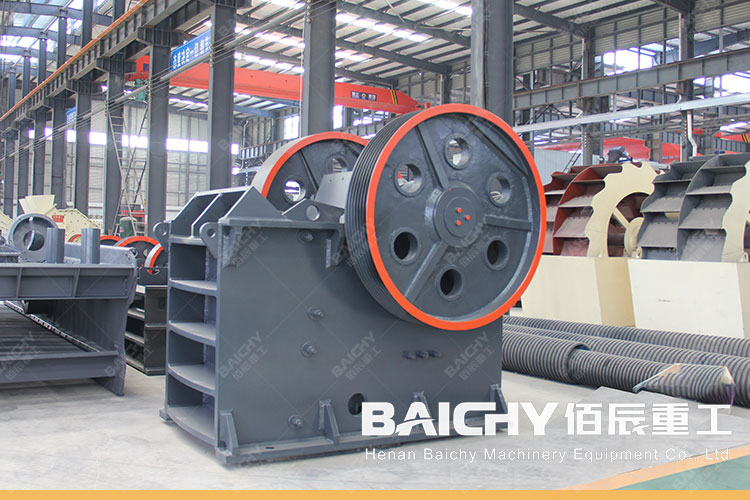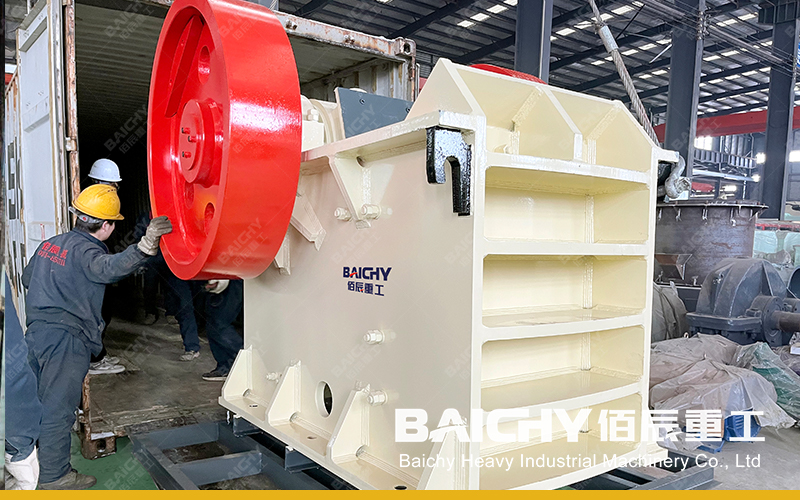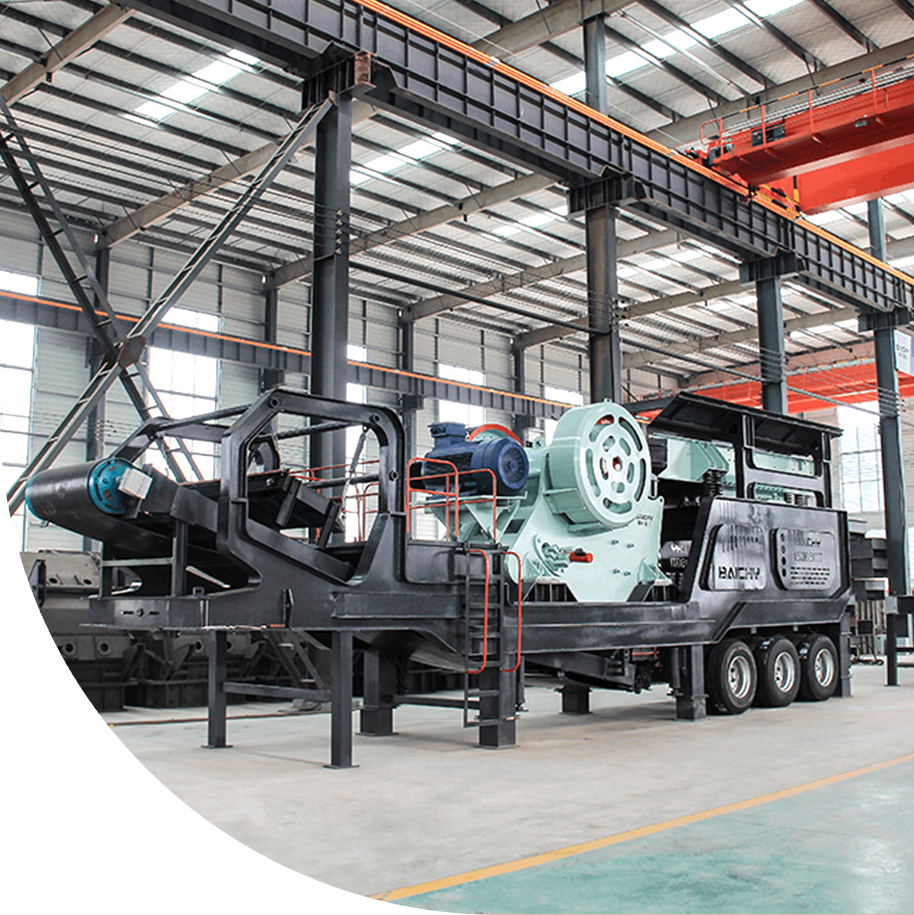
Ball mills are key equipment in industries such as mining, building materials, and chemicals, but various faults are inevitable in long-term operation. Understanding the causes and solutions to common problems can effectively reduce downtime and improve production efficiency. This article will introduce in detail the common fault phenomena, cause analysis, and maintenance solutions of ball mills to help you solve the problem quickly!
1. Abnormal sound of ball mill (excessive vibration)
Fault phenomenon
Harsh metal friction or impact sound during operation
Equipment vibration is significantly aggravated
Possible causes
• Wear of steel balls or liner: causing direct collision between steel balls and liner
• Loose bolts: The fixing bolts are not tightened, causing parts to loosen
• Poor gear meshing: Gear wear or insufficient lubrication
• Bearing damage: Rolling element or cage damage
Solution
✔ Check and replace worn parts: Regularly check the wear of liner and steel ball, and replace them in time.
✔ Tighten bolts: Retighten all bolts after shutdown, and use anti-loosening gaskets.
✔ Adjust the gear clearance: Ensure that the gears mesh well and add lubricating oil.
✔ Replace the bearing: If the bearing is damaged, replace it immediately to avoid further damage to the equipment.
2. Ball mill leakage (leakage at the discharge end or feed end)
Fault phenomenon
• Slurry leakage at the discharge port or feed port
• Slurry overflows from the seal
Possible causes
• Aging or damage of the seal ring
• Loose bolts lead to poor sealing
• Too high slurry concentration and too high pressure
Solution
✔ Replace the seal ring: Choose high-quality seals that are wear-resistant and corrosion-resistant.
✔ Adjust the slurry concentration: Control the feed concentration to avoid leakage caused by excessive pressure.
✔ Strengthen tightening: Check and tighten all connecting bolts to ensure tight sealing.
3. Ball mill bearing heating (overtemperature)
Fault phenomenon
• Bearing temperature exceeds 70℃
• Abnormal friction sound during operation
Possible causes
• Insufficient lubrication or lubricant contamination
• Improper or damaged bearing installation
• Uneven bearing force (such as shaft bending)
Solution
✔ Check the lubrication system: Make sure the lubricant is sufficient and clean, and replace it regularly.
✔ Re-adjust the bearing installation: Check whether the bearing seat is aligned to avoid eccentric loading.
✔ Replace the bearing: If the bearing is damaged, replace it immediately to avoid burning the motor.
4. Ball mill output decreases (reduced grinding efficiency)
Fault phenomenon
• The output particle size becomes coarser and the output is significantly reduced
• The motor load increases
Possible causes
• Unreasonable steel ball ratio (too much or too little)
• Severe wear of the liner affects the grinding effect
• The feed particle size is too large or the water content is too high
Solution
✔ Optimize the steel ball ratio: adjust the size and quantity of the steel balls according to the hardness of the material.
✔ Replace the liner: Check the wear of the liner regularly and replace it in time.
✔ Control the feed particle size: ensure that the material meets the grinding requirements and avoid the entry of too large particles.
5. Ball mill motor overload (abnormal current)
• Fault phenomenon
• Motor current exceeds rated value
• Frequent tripping
Possible causes
• Excessive load (such as excessive feed)
• Transmission system failure (such as belt slippage)
• Motor or electrical system failure
Solutions
✔ Adjust feed amount: Avoid overload operation.
✔ Check transmission system: Ensure that transmission components such as belts and couplings are normal.
✔ Repair motor: Check motor windings, wiring and other problems.
Summary: How to prevent ball mill failure?
✔ Regular maintenance: Check key components such as liner, steel ball, bearing, etc.
✔ Reasonable lubrication: Select appropriate lubricating oil and replace it regularly.
✔ Standard operation: Avoid overload operation and control feed particle size.
✔ Timely maintenance: If an abnormality is found, stop the machine immediately for inspection to prevent small problems from turning into major failures.
Ball mill failure may affect production progress, but through scientific maintenance and rapid troubleshooting, the risk of downtime can be greatly reduced. If you encounter other problems, please leave a message in the comment area, we will provide you with professional answers!




